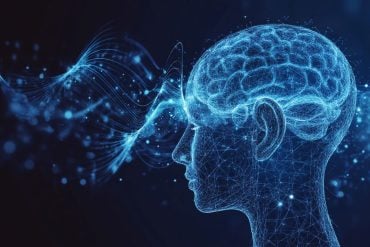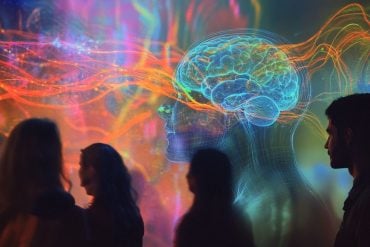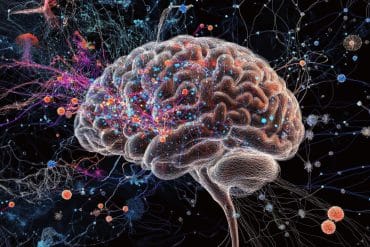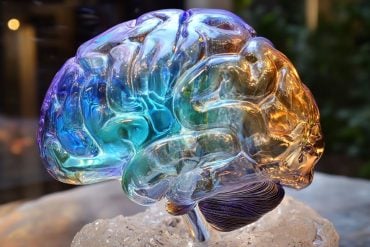Summary: A new study that looked at the variability of symptoms in children with autism revealed exposure to ultrasound during the first trimester of pregnancy was linked to an increase in symptom severity.
Source: University of Washington
‘The implications of our results are to bolster the FDA guidelines,’ researchers say
For children with autism and a class of genetic disorders, exposure to diagnostic ultrasound in the first trimester of pregnancy is linked to increased autism severity, according to study results reported today, Sept. 1. The study was conducted by researchers at UW Medicine, University of Washington Bothell and Seattle Children’s Research Institute.
The paper appears in Autism Research.
The study looked at the variability of symptoms among kids with autism, not what causes autism. The researchers found that exposure to diagnostic ultrasound in the first trimester is linked to increased autism symptom severity. The greatest link is among kids with certain genetic variations associated with autism; 7 percent of the children in the study had those variations.
Food and Drug Administration (FDA) guidelines recommend that diagnostic ultrasound be used only for medical necessity.
“I believe the implications of our results are to bolster the FDA guidelines,” said corresponding author Pierre D. Mourad, a UW professor of neurological surgery in Seattle. He is also a professor of engineering and mathematics at UW Bothell. As a UW Medicine scientist, he specializes in translational research on ultrasound and the brain.
Mourad said their results are related to the first trimester of pregnancy. Data from looking at the effect of ultrasound on the second and third trimester showed no link, he said.
The researchers used data from the Simons Simplex Collection autism genetic repository. The database is funded by the Simons Foundation Autism Research Initiative. The data was derived from 2,644 families among 12 research sites across the United States.
“There has been a real struggle in figuring out why there are so many kids with autism,” said lead author Sara Webb, UW professor psychiatry and behavioral sciences. “Where does this disorder develop from and how do kids get autism? And a second question is, why are kids with autism so different from each other? This study really looks at the second question. Within kids with autism, what are some of the factors that may result in a child having a good outcome or higher IQ or better language skills or less severity versus a child who maybe takes more of a hit and continues to struggle throughout life?”
Webb, in addition to her UW Medicine role, is a researcher at Seattle Children’s Center on Health Behavior and Development and the UW Center on Human Development and Disability.
She said the study team approached their work based on a three-part model explaining variability in kids with autism. The first is a genetic vulnerability to the disorder. Second is an outside stressor. And the third implies that the outside stressor has to impinge on a kid at a certain time.
Webb said a number of outside stressors have been proposed and investigated in autism. This study looked at only one of them – ultrasound.
As a mother of two, Webb said given what she knows now, she would not have ultrasound in the first trimester unless there is a medical necessity, and that includes knowing how far along the pregnancy is.
“If we can figure out this information in any other way, I would go with that,” she said. “It’s always worth considering that when we do medical procedures, there are great benefits but also risk.”
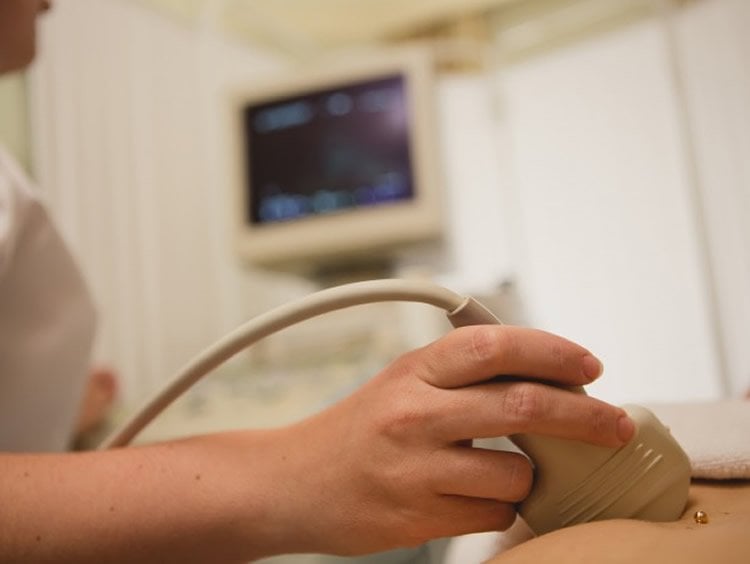
In an earlier study, Mourad and co-authors Webb, Abbi McClintic, a UW Medicine researcher in neurological surgery, and Bryan King, now a professor of psychiatry at the University of California, San Francisco, published a paper in Autism Research in 2014 that showed ultrasound exposure in pregnant mice caused autistic-like symptoms in their offspring.
Mourad said he and King wanted to study the issue further. They brought together a team with a wide range of autism experience. King, formerly with UW Medicine, had conducted several clinical trials with children with autism. Webb works in developing biomarkers in kids with autism. Raphael Bernier, UW associate professor of psychiatry and behavioral sciences and clinical director of the Seattle Children’s Autism Center, is among those analyzing the Simon sample.
Webb and Bernier are also with the UW Center on Human Development and Disability. Michelle Garrison, a UW research assistant professor of psychiatry and behavioral science in the Division of Child and Adolescent Psychiatry, specializes in statistics and epidemiology at the Seattle Children’s Research Institute.
Mourad said he and his colleagues now intend to look more closely into links between ultrasound and autism severity, as well as the possibility – thus far not shown – that ultrasound exposure could contribute to autism incidence.
Funding: The study was supported by grants from the National Institutes of Health (RO1HD064820 and P50HD055782 and the Simons Simplex Collection (SFARI #89368).
Source: Bobbi Nodell – University of Washington
Image Source: NeuroscienceNews.com image is adapted from the UW press release.
Original Research: Abstract for “Severity of ASD symptoms and their correlation with the presence of copy number variations and exposure to first trimester ultrasound” by Sara Jane Webb, Michelle M. Garrison, Raphael Bernier, Abbi M. McClintic, Bryan H. King, and Pierre D. Mourad in Autism Research. Published online August 2016 doi:10.1002/aur.1690
[cbtabs][cbtab title=”MLA”]University of Washington “Study Links Autism Severity to Ultrasound Exposure During First Trimester of Pregnancy.” NeuroscienceNews. NeuroscienceNews, 2 September 2016.
<https://neurosciencenews.com/autism-genetics-ultrasound-4956/>.[/cbtab][cbtab title=”APA”]University of Washington (2016, September 2). Study Links Autism Severity to Ultrasound Exposure During First Trimester of Pregnancy. NeuroscienceNew. Retrieved September 2, 2016 from https://neurosciencenews.com/autism-genetics-ultrasound-4956/[/cbtab][cbtab title=”Chicago”]University of Washington “Study Links Autism Severity to Ultrasound Exposure During First Trimester of Pregnancy.” https://neurosciencenews.com/autism-genetics-ultrasound-4956/ (accessed September 2, 2016).[/cbtab][/cbtabs]
Abstract
Severity of ASD symptoms and their correlation with the presence of copy number variations and exposure to first trimester ultrasound
Current research suggests that incidence and heterogeneity of autism spectrum disorder (ASD) symptoms may arise through a variety of exogenous and/or endogenous factors. While subject to routine clinical practice and generally considered safe, there exists speculation, though no human data, that diagnostic ultrasound may also contribute to ASD severity, supported by experimental evidence that exposure to ultrasound early in gestation could perturb brain development and alter behavior. Here we explored a modified triple hit hypothesis [Williams & Casanova, 2010] to assay for a possible relationship between the severity of ASD symptoms and (1) ultrasound exposure (2) during the first trimester of pregnancy in fetuses with a (3) genetic predisposition to ASD. We did so using retrospective analysis of data from the SSC (Simon’s Simplex Collection) autism genetic repository funded by the Simons Foundation Autism Research Initiative. We found that male children with ASD, copy number variations (CNVs), and exposure to first trimester ultrasound had significantly decreased non-verbal IQ and increased repetitive behaviors relative to male children with ASD, with CNVs, and no ultrasound. These data suggest that heterogeneity in ASD symptoms may result, at least in part, from exposure to diagnostic ultrasound during early prenatal development of children with specific genetic vulnerabilities. These results also add weight to on-going concerns expressed by the FDA about non-medical use of diagnostic ultrasound during pregnancy.
“Severity of ASD symptoms and their correlation with the presence of copy number variations and exposure to first trimester ultrasound” by Sara Jane Webb, Michelle M. Garrison, Raphael Bernier, Abbi M. McClintic, Bryan H. King, and Pierre D. Mourad in Autism Research. Published online August 2016 doi:10.1002/aur.1690




